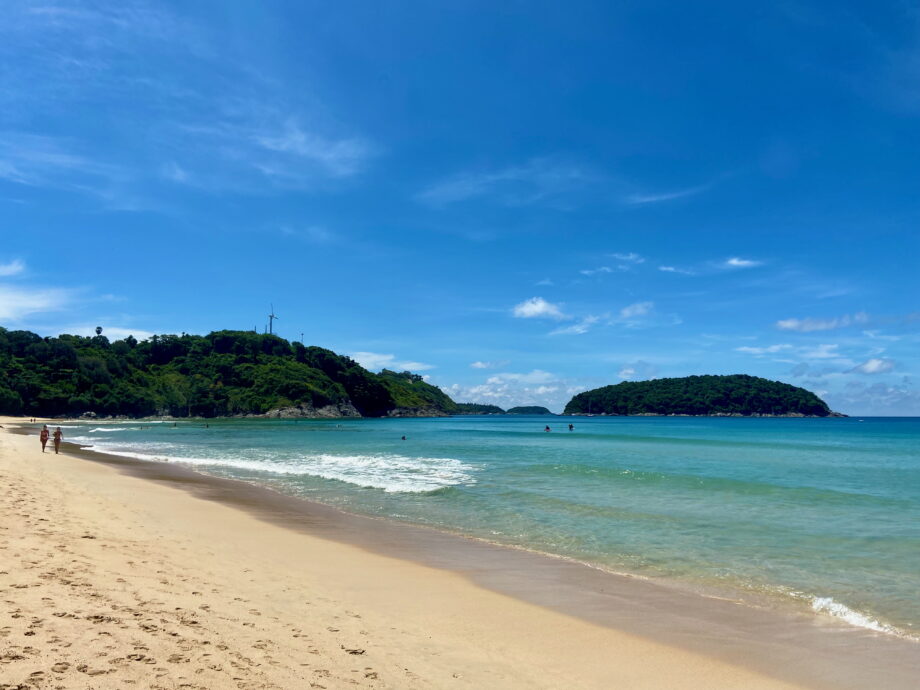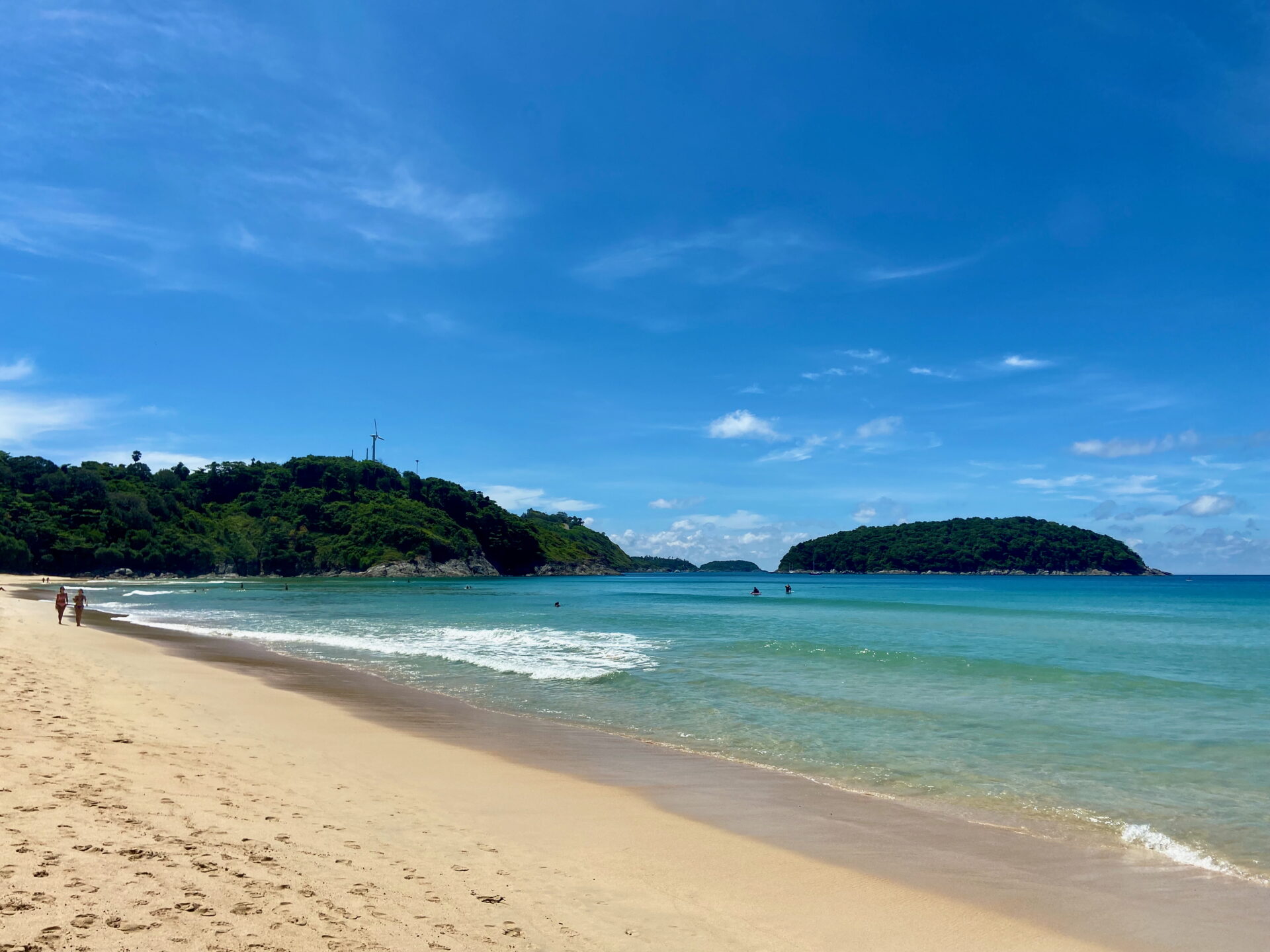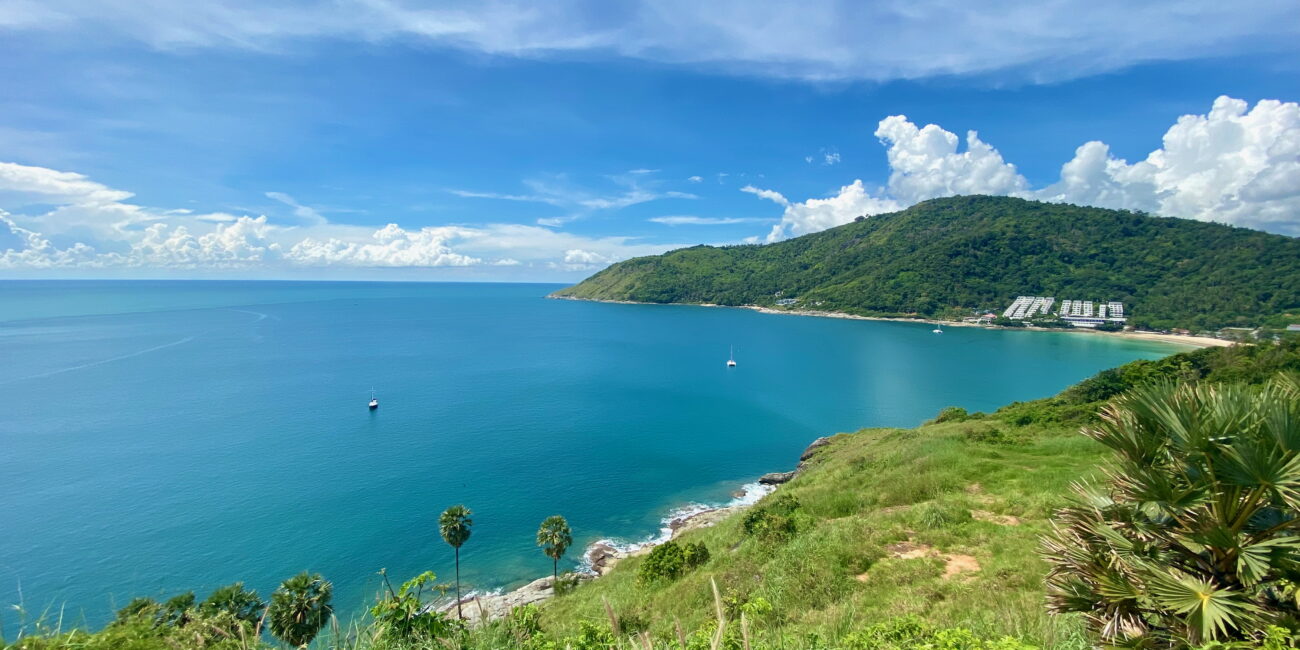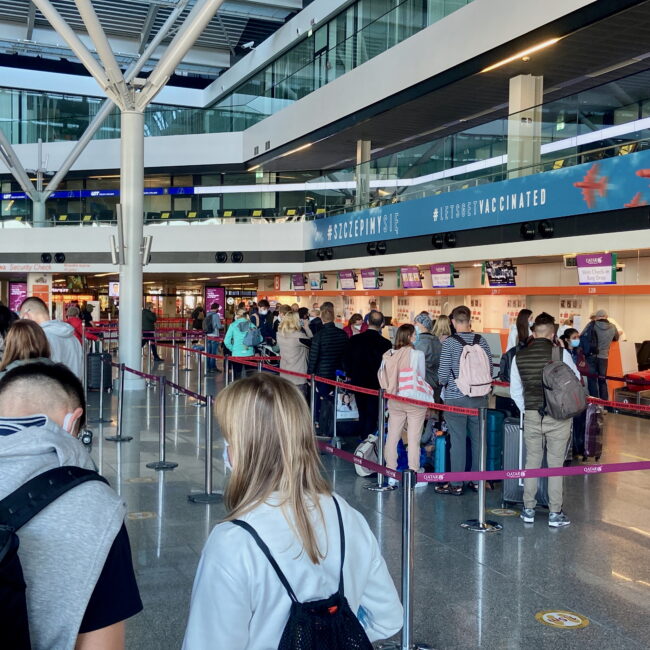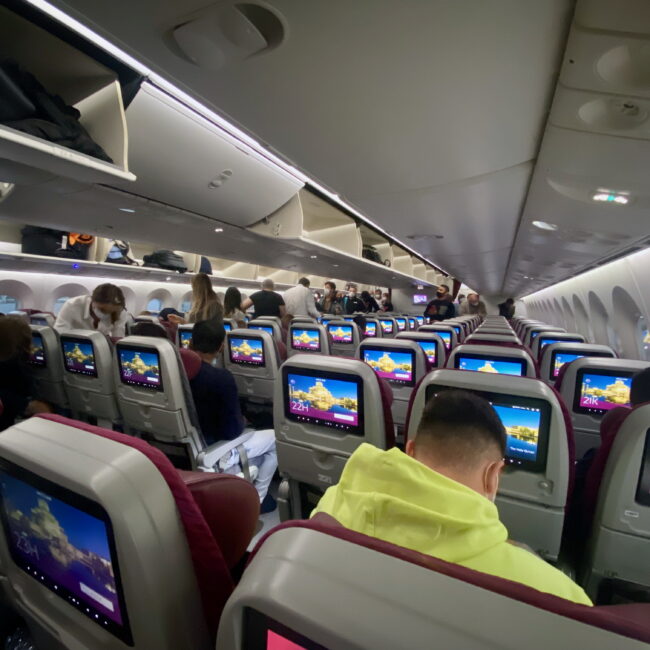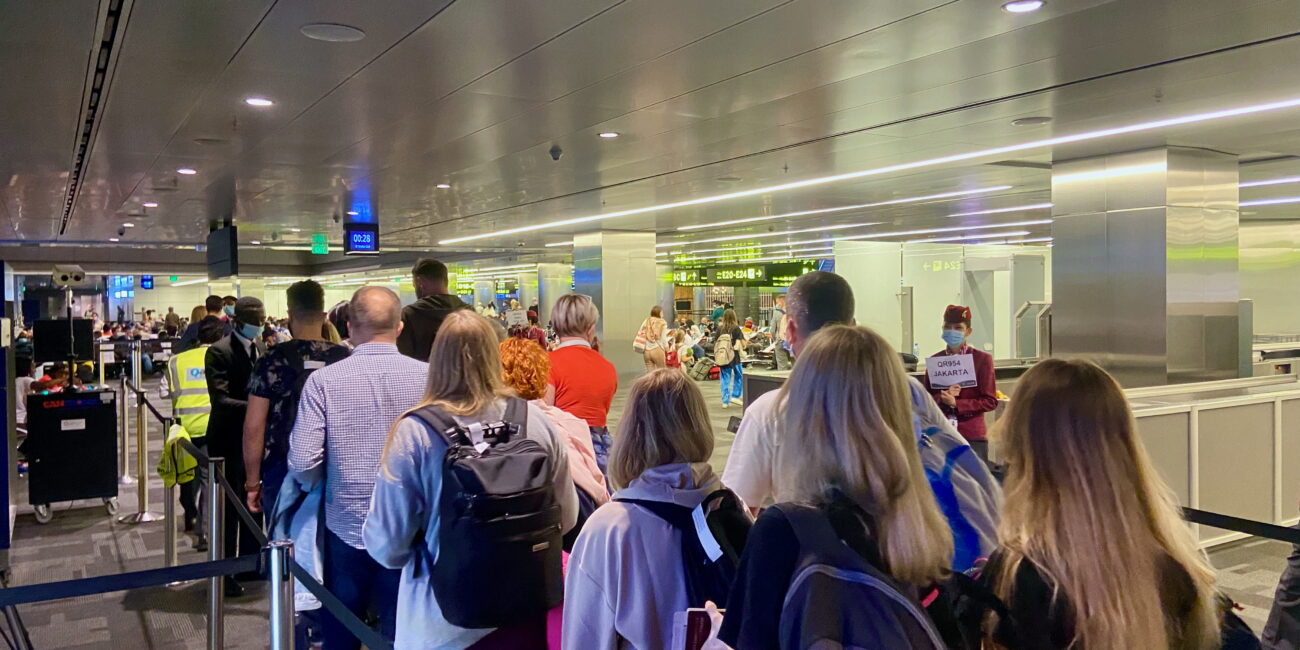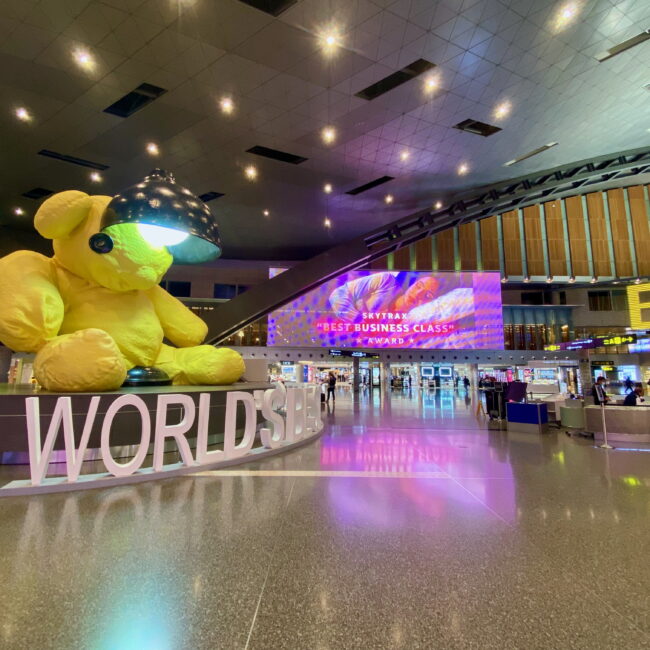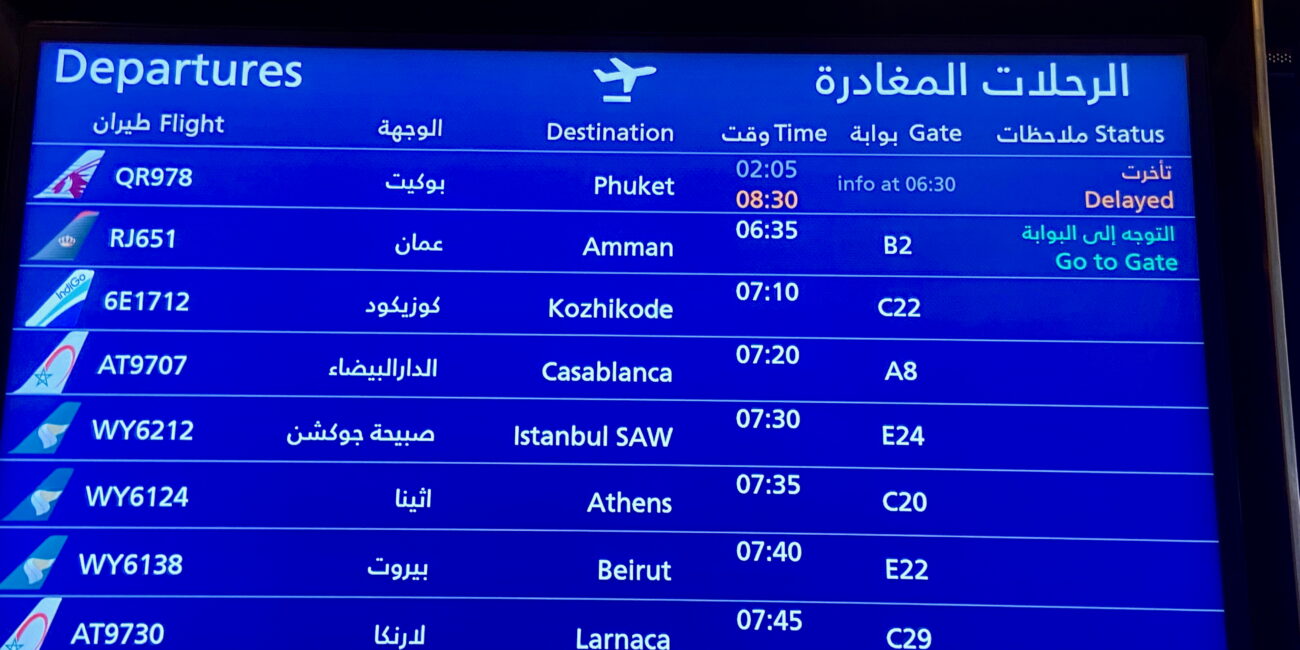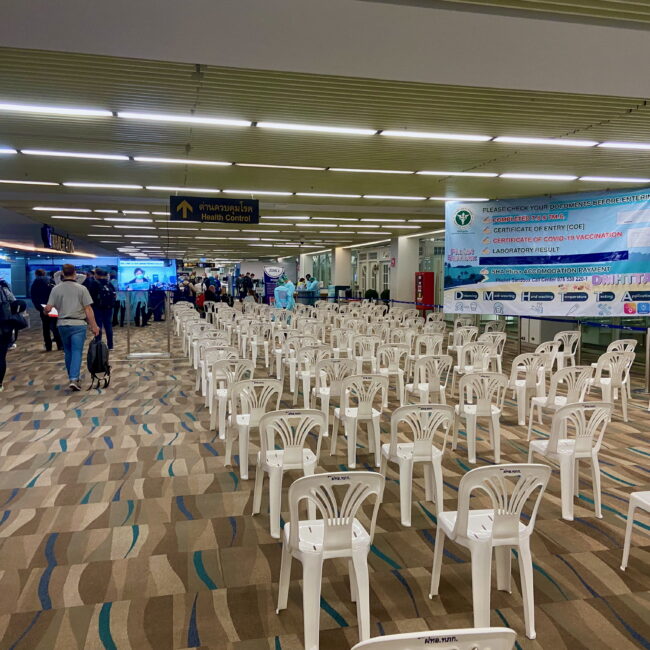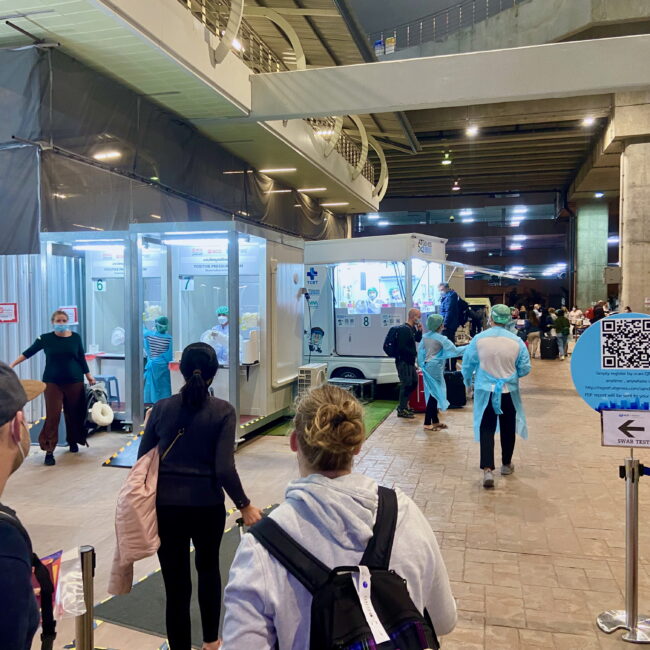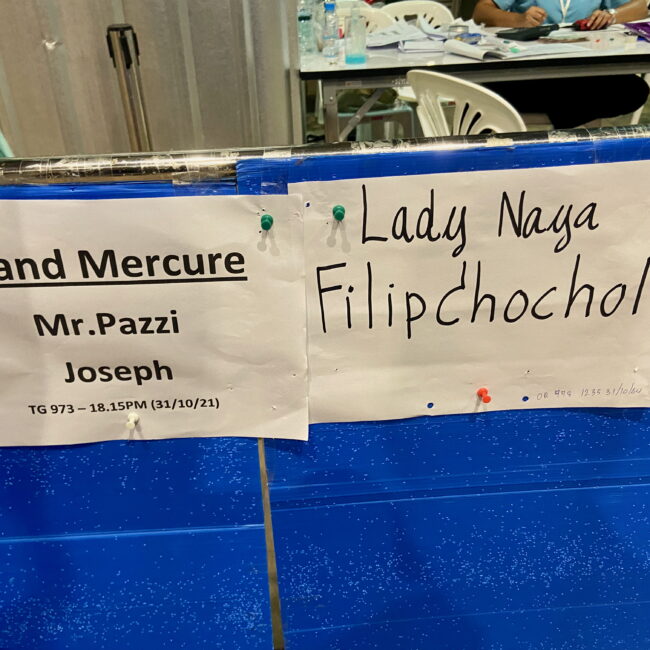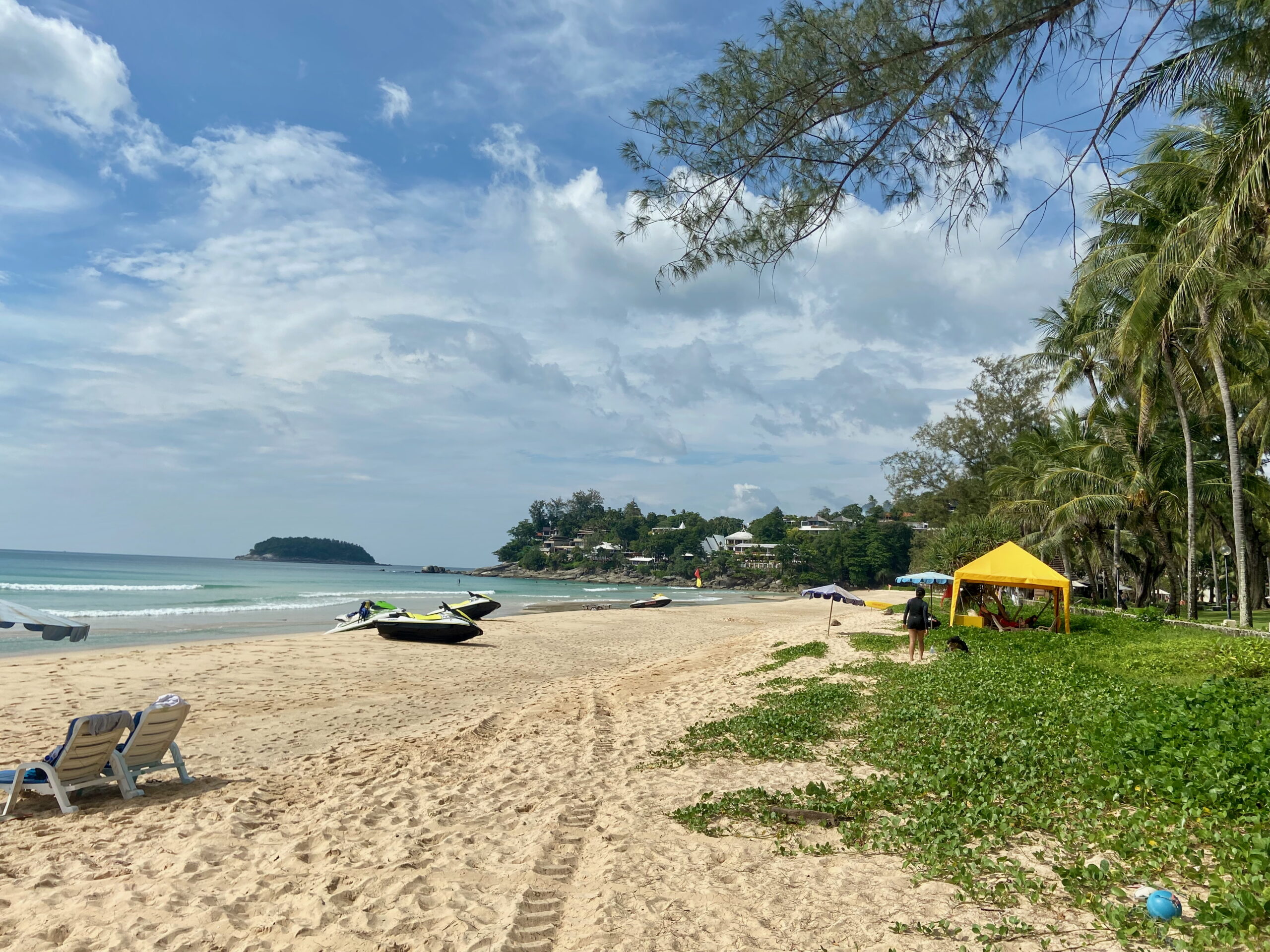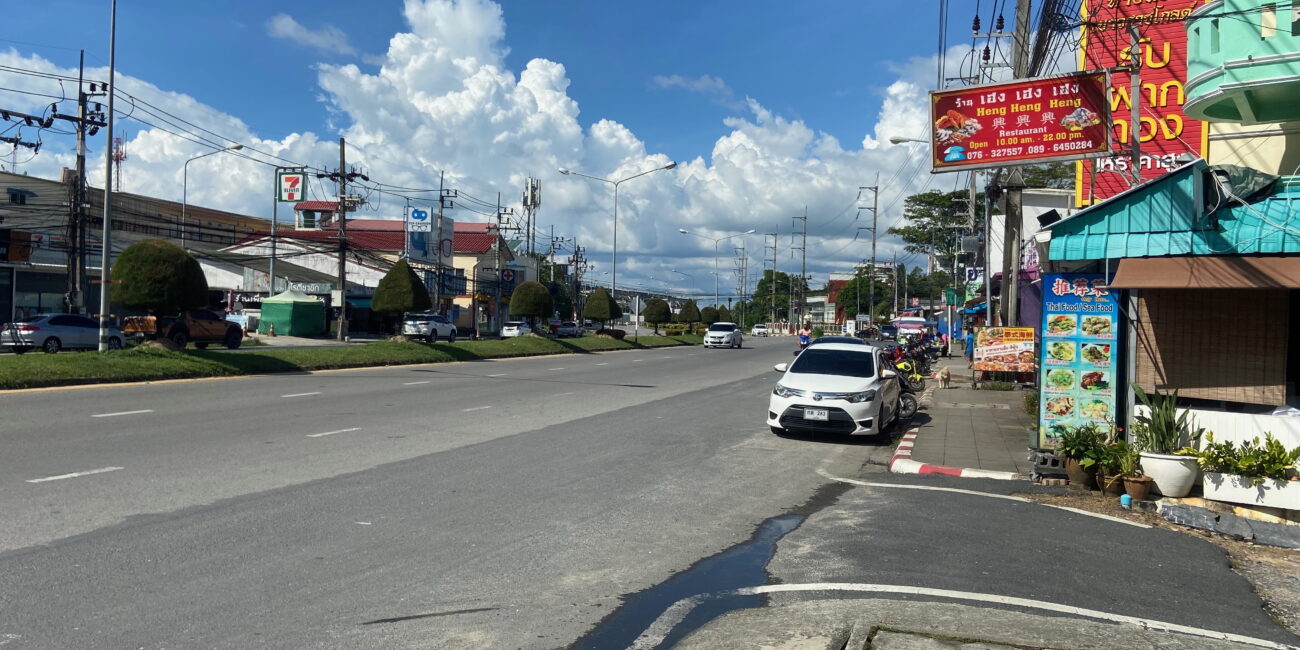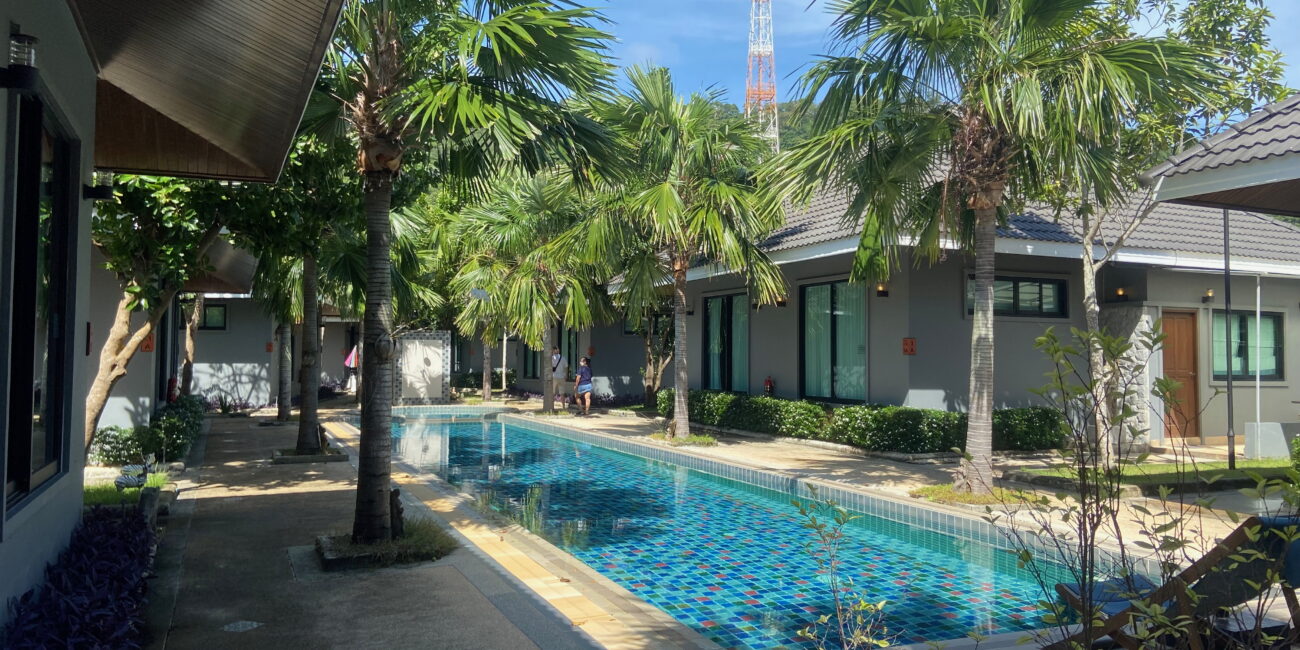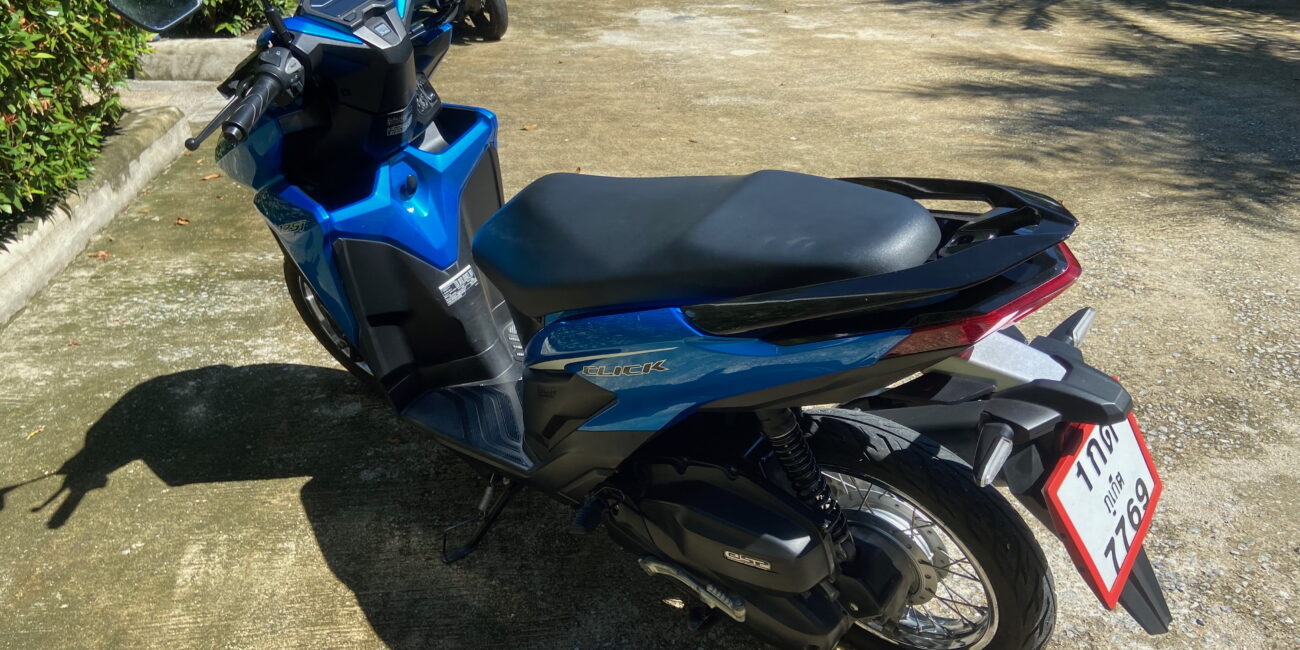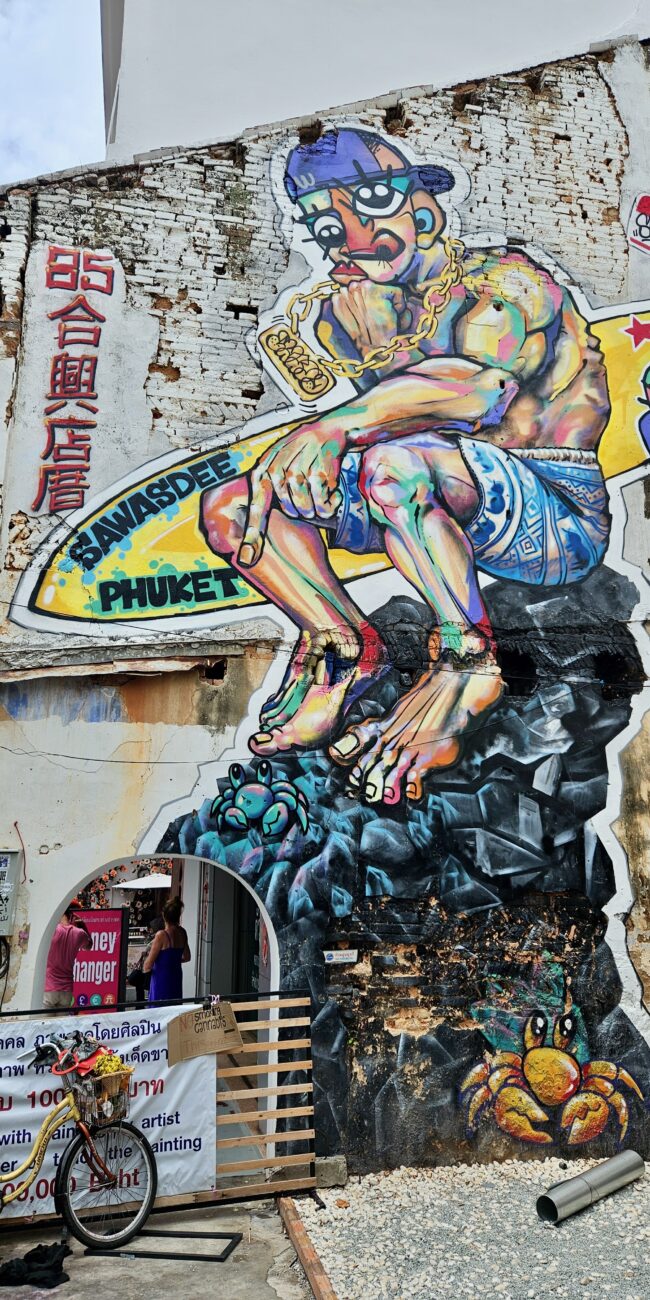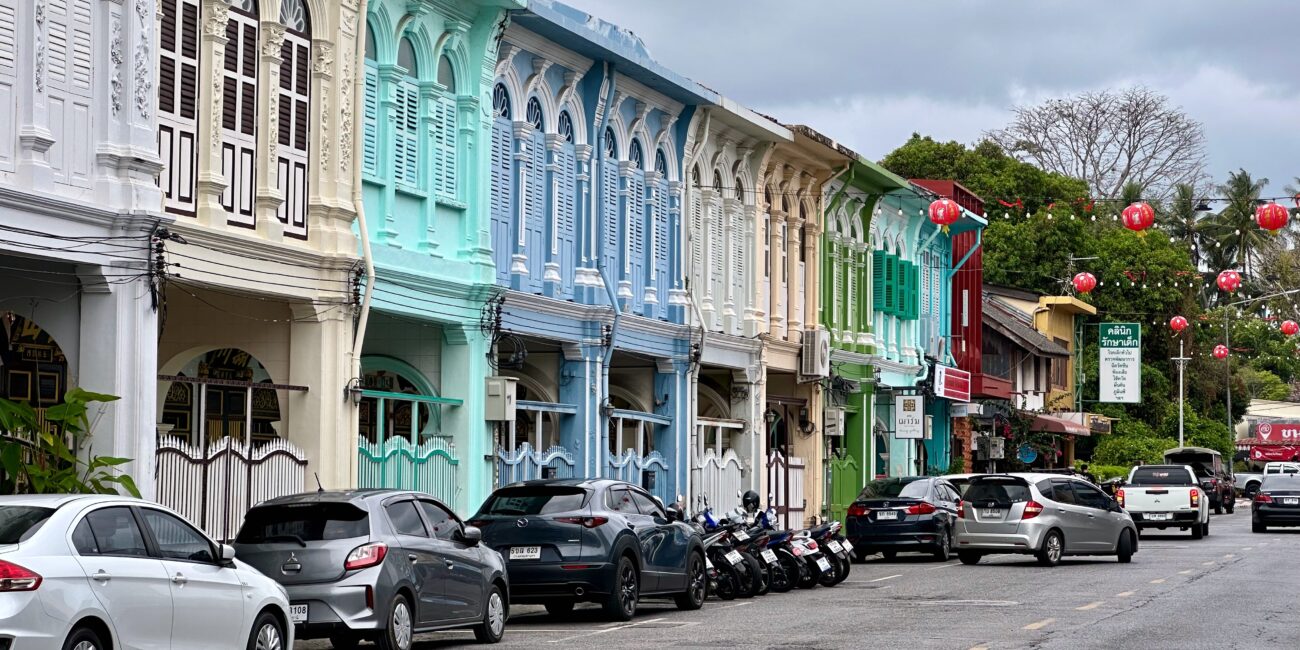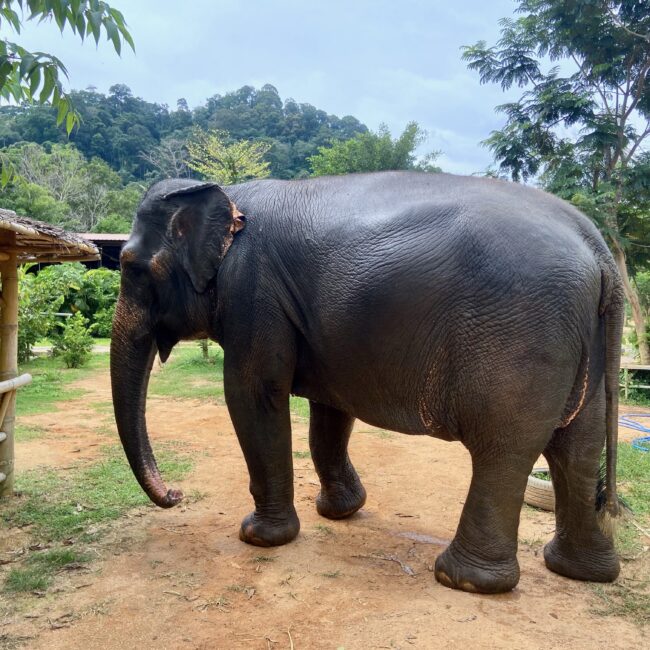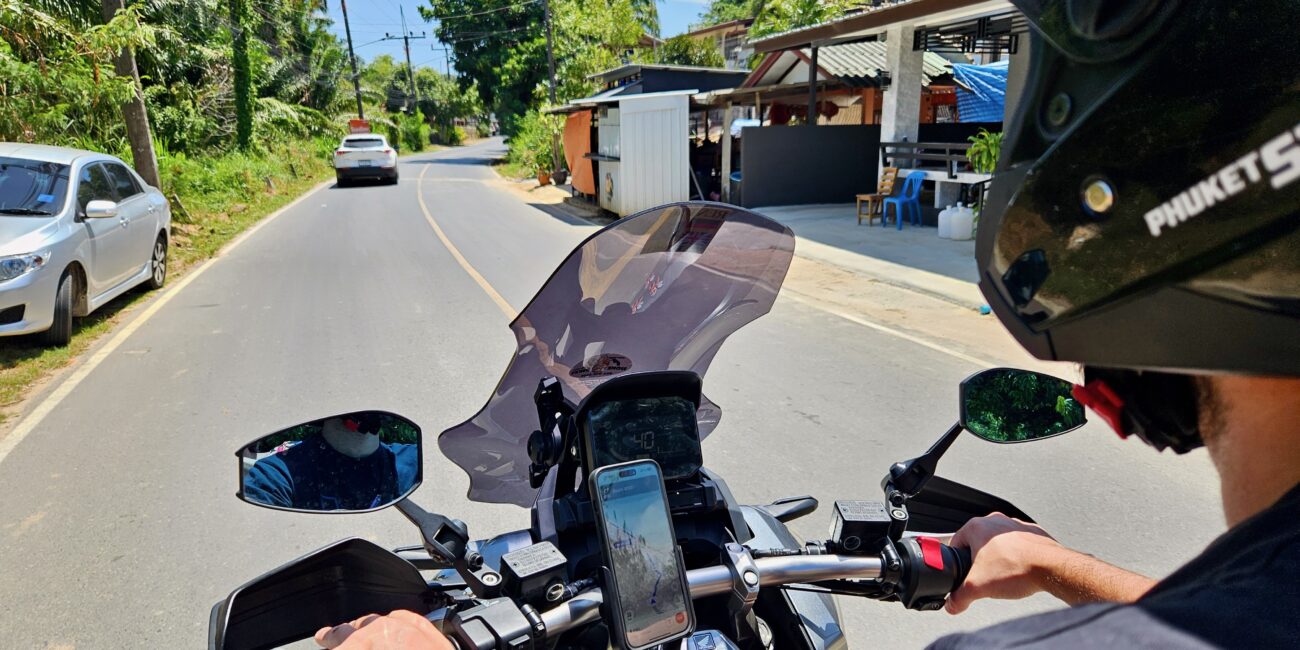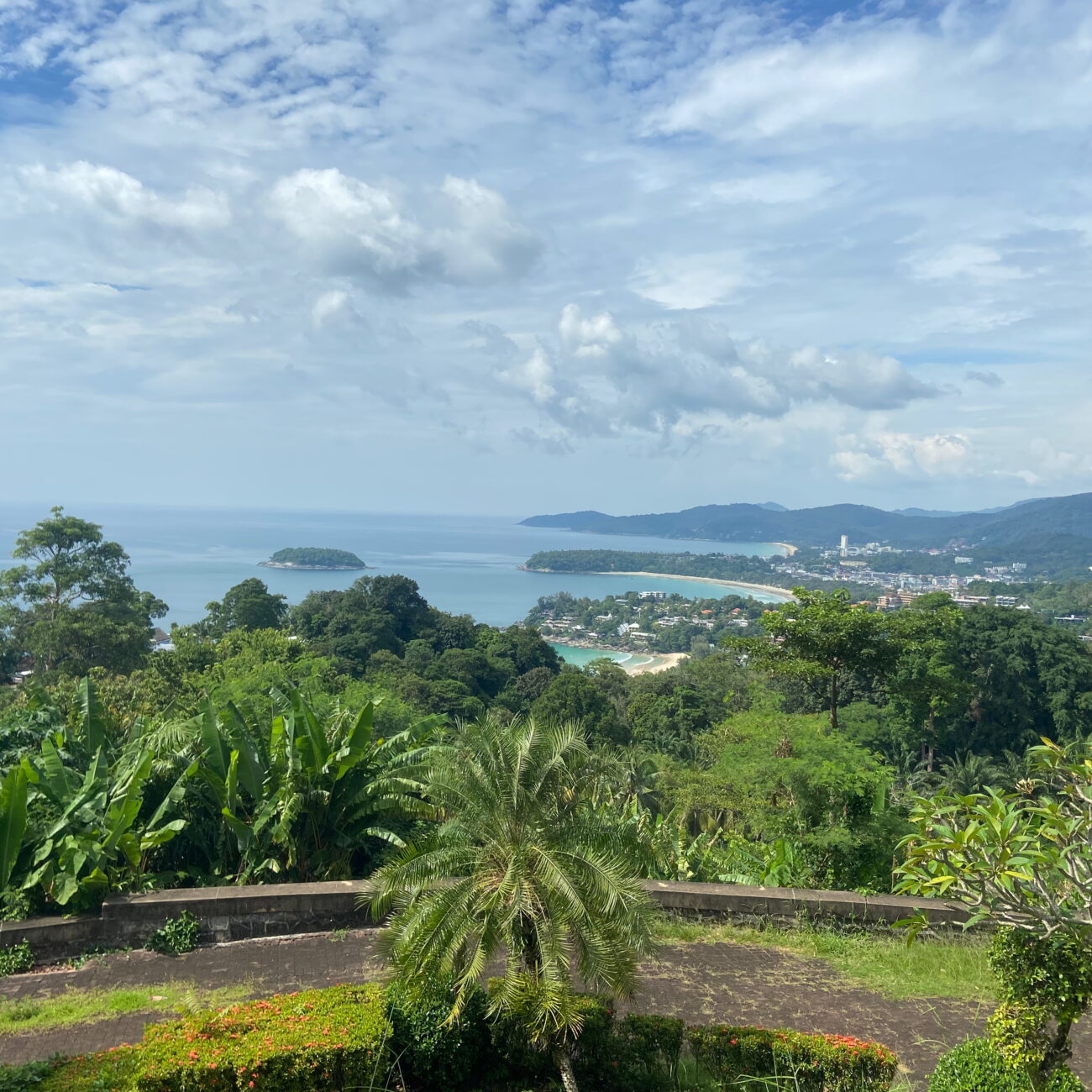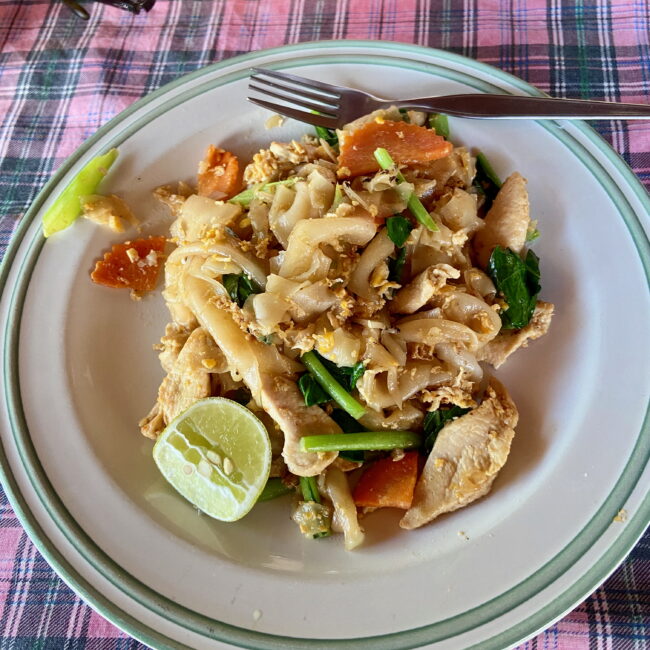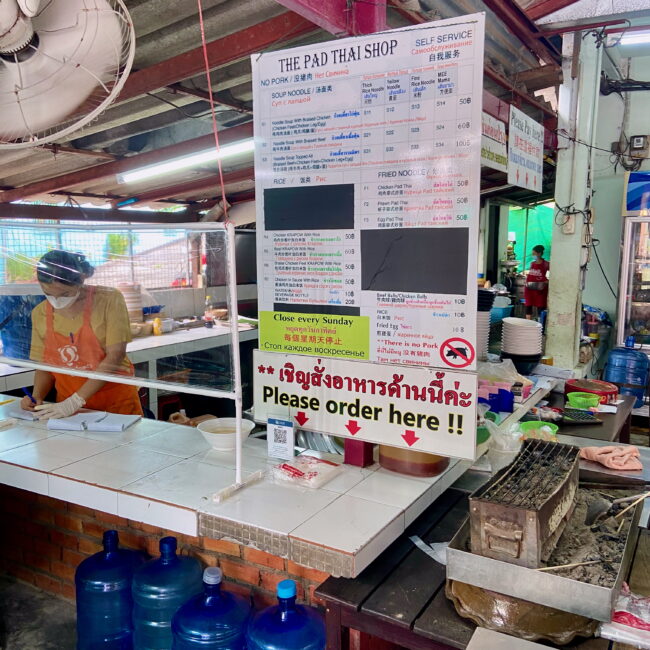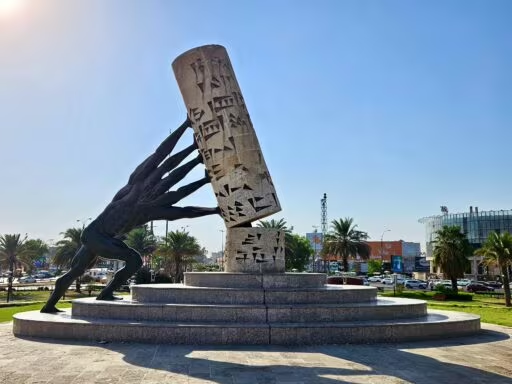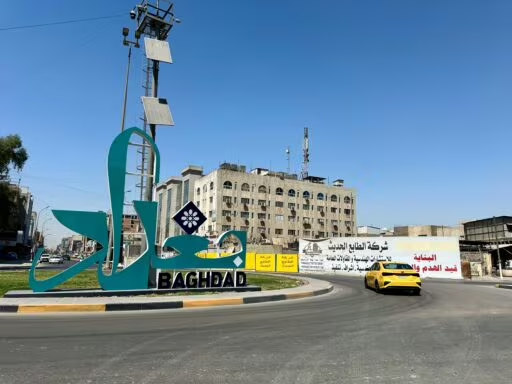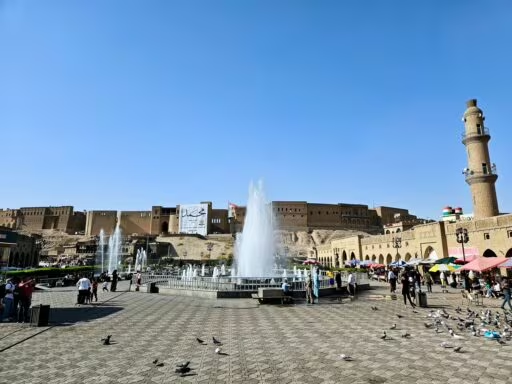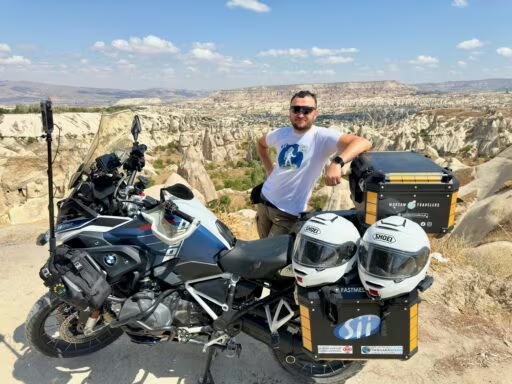This post is also available in:
Polski
Hello! 👋
Traveling During a Pandemic? Just a few years ago, none of us could have imagined how much the world would change or how much effort it would take to go on a well-deserved vacation. Today, looking back, I’m revisiting my memories from 2021—a time when I managed to escape the pandemic reality and immerse myself in the tropical vibes of Phuket through the Phuket Sandbox program.
It Wasn’t Your Typical Trip. COVID-19 tests, piles of paperwork, health tracking apps, and constant monitoring of restrictions—planning a trip during the pandemic felt more like tackling a challenge than arranging a vacation. Every step required precision and patience, with the looming stress of flight cancellations or sudden rule changes becoming part of the routine.
Despite all that, when I finally arrived in Phuket, it felt like all the effort was worth it. The island, usually bustling with tourists, revealed a calmer, more authentic side of itself. Empty beaches, warm welcomes from the locals, and the unique atmosphere of the place allowed me to rediscover the true joys of traveling.
This post is another chapter in my retrospective journey through traveling during the pandemic. Phuket Sandbox was just the first stop on this Thai adventure, which later took me to Koh Chang and Bangkok.
Where is Phuket located?
Phuket is Thailand’s largest island, located at the southern tip of the country in the Andaman Sea. It lies on the western coast of the Malay Peninsula, approximately 860 km south of Bangkok. The island is connected to the mainland by the Sarasin Bridge, making it easily accessible by car. Phuket is renowned for its stunning beaches, turquoise waters, lush jungles, and diverse tourism offerings, including luxurious resorts and vibrant local markets.
Procedures and requirements
Traveling during the pandemic was a real challenge. The world suddenly closed its borders, and every trip required not only immense patience but also meticulous planning. Asia, typically welcoming to tourists from around the globe, became almost inaccessible. Even Thailand, known for its popularity among travelers, approached reopening cautiously. That’s when the Phuket Sandbox program emerged, offering a glimmer of hope for a return to travel normalcy—albeit in a new, adjusted form.
Initially, the Phuket Sandbox program required tourists to spend 14 days on the island before being allowed to explore the rest of the country. It sounded like a quarantine in a tropical paradise but came with a lot of formalities—PCR tests before departure, health insurance covering COVID-19, reservations at SHA+ certified hotels, and additional tests upon arrival. Fortunately, the program’s rules evolved over time as Thailand adapted to the changing circumstances.
In August 2021, the Phuket Sandbox 7+7 Extension was introduced, allowing travelers to shorten their stay on Phuket to 7 days and spend the following week in selected regions such as Krabi or Surat Thani. However, an even more significant change came on October 1, 2021—after spending just 7 days on Phuket, travelers were free to explore the rest of the country without additional restrictions.
That simplified version was exactly what I took advantage of, spending a week on Phuket. It was the perfect balance—strict safety measures on one hand, and a glimpse of normalcy with the chance to explore this remarkable island on the other. The island was quiet, peaceful, and at the same time, I felt like I was witnessing a unique moment in the history of tourism.
How did I get to Thailand?
Traveling to Thailand during the pandemic required not just courage but also meticulous planning. I chose to fly with Qatar Airways, which was a new experience for me. I managed to get tickets at a reasonable price of around 2,400 PLN. The route included a flight from Warsaw to Doha, followed by a connection from Doha to Phuket. My return journey was planned from Bangkok via Doha back to Warsaw. At the time, there were more flight options to Phuket than there are now, largely due to the requirements of the Phuket Sandbox program in place at the time.
Before I could enjoy the prospect of an exotic getaway, I had to navigate through a maze of formalities. A crucial step was obtaining the Certificate of Entry (COE) issued by the Thai Embassy. This process involved several stages:
- Flight and accommodation booking: Confirmation of flight booking and SHA+ certified hotel stay in Phuket had to be provided.
- Health insurance: an insurance policy covering COVID-19 treatment for at least $100,000 was required.
- Immunization: It was mandatory to be fully vaccinated against COVID-19 with a WHO-approved vaccine at least 14 days before travel.
Takeoff from Warsaw and flight to Qatar
The day of departure was filled with tension. At Warsaw Airport, the procedures were stricter than usual. Before check-in, I had to present all the required documents, including a negative PCR test result, the Certificate of Entry (CoE), proof of hotel reservation, and insurance. The verification process took some time, but in the end, everything went smoothly.
The flight to Doha went smoothly. The plane was half full, which made me feel more comfortable. Still, I felt that this was only the beginning of the challenges of this trip….
Beginning of circuses at Doha airport
After a smooth flight from Warsaw to Doha, it felt like the hardest part was behind me. However, reality quickly adjusted my expectations. The flight to Phuket, scheduled for 2:05 a.m., was initially delayed by an hour. I thought, “It happens”. But with each passing hour, another delay was announced—without any clear explanation. Rumors began circulating that our plane hadn’t received clearance to land in Thailand, even though other flights to the country seemed to be operating without issues.
Frustration among the passengers kept growing. The lack of clear communication from the airline staff only added to the tension. After the fourth delay, many of us were on the brink of losing our patience. Ultimately, instead of departing in the middle of the night, we finally took off at 8:30 a.m., exhausted and sleep-deprived.
Together with other passengers, we demanded an official confirmation of the delay from the airline, which we planned to use as the basis for filing a claim. The process of seeking compensation took two years but ultimately ended successfully. Despite this unpleasant experience, I still consider Qatar Airways a reliable airline. Since then, I’ve flown with them three more times without any issues.
This situation reminded me of the importance of having proper travel insurance. At that time, it was mandatory, and such policies often cover necessary expenses related to flight delays. Unfortunately, leaving the airport in Doha to stay at a hotel wasn’t an option due to entry restrictions and the uncertainty surrounding the exact departure time. This only added to the stress and exhaustion.
Welcome in Phuket
After an exhausting flight, during which I fell asleep right after breakfast, I finally arrived in Phuket. However, the formalities were far from over. At the airport, I was greeted by a series of procedures:
- Document Verification: Verified my Certificate of Entry, negative PCR test result and SHA+ certified hotel reservation confirmation.
- COVID-19 test: Before leaving the airport, I had to undergo another PCR test.
- Transportation to the hotel: It was not possible to get there on your own. It was mandatory to have a transfer arranged by the accommodation facility to minimize contact with other people.
Only after reaching the hotel and receiving a negative test result could I move freely around the island. However, leaving the Phuket area before the required period was not allowed.
What was tourism like during the pandemic?
The pandemic had a profound impact on tourism in Thailand, a country that, before COVID-19, was one of the world’s most popular travel destinations. In 2019, nearly 40 million international tourists visited Thailand. However, in 2020, that number plummeted by 83%, dropping to just 6.7 million.
In 2021, the situation became even more dire. In the first quarter of the year, only about 20,200 international tourists visited Thailand—a staggering 99% drop compared to the 6.7 million who arrived during the same period the previous year.
Traveling during the COVID-19 pandemic was a completely different experience from before. Places that once bustled with activity became quieter and less crowded. For instance, on Phuket, an island known for its throngs of tourists, visitor numbers were significantly lower in 2021. Many travelers appreciated this newfound tranquility and the chance to enjoy attractions without the usual crowds.
At the time, strict safety measures were in place. Wearing masks was common, and tourists had to follow numerous procedures.
Moving around Thailand
Traveling through Thailand during the pandemic felt like a game of chess—every move had to be meticulously planned, and surprises could arise at any moment. Under the Phuket Sandbox program, leaving the island was only allowed after spending 7 days in a certified SHA+ hotel and completing a COVID-19 test.
That wasn’t all. To check in at your next destination, you needed a special document—the so-called Transfer Form—issued by the hotel where you stayed on Phuket. Without this paperwork, it was impossible to book accommodations outside the island.
On the island itself, getting around was relatively easy. Beaches, markets, and restaurants were open, albeit operating at a slower pace than before the pandemic. However, there was one condition: visiting nearby islands like Koh Phi Phi or Koh Yao required using certified SHA+ transportation services.
Accommodation
I stayed at Lady Naya Villas, located in the town of Rawai. This charming spot is nestled in a peaceful area surrounded by lush greenery, far from the hustle and bustle of tourist hubs. The property offers 19 private villas with three bedrooms and a private pool, as well as 10 villas with two bedrooms and access to a shared pool.
Staying at Lady Naya Villas was truly a pleasure. The property is managed by a friendly couple who pay attention to every detail to ensure their guests feel comfortable. While the surrounding area is quiet and perfect for relaxation, it’s worth noting that the center of Rawai is a bit of a distance away, which may require renting a scooter or relying on taxis for transportation.
The owners were also helpful in arranging the rental of a trusty scooter at an affordable price, making it easy to get around.
Planning my next visit in 2025, this time with Jadzia, I can’t imagine staying anywhere else. Other areas of Phuket, like Patong, felt too deserted during my previous trip, giving the impression of an almost abandoned town. Lady Naya Villas remains my top choice for its tranquility and charm.
Renting a scooter
Renting a scooter in Thailand is a popular way to explore the country, but it requires responsibility and awareness of potential risks. Recklessness, overconfidence, and ignoring the rules are the quickest paths to disaster—and unfortunately, such incidents are far too common in Thailand.
- Driver’s License and Regulations: Let’s be clear—an international driving license with a category A endorsement is essential. The “but it worked in Europe” excuse doesn’t cut it here. A category B license does not permit you to operate two-wheelers in Thailand. If you don’t have the proper license, don’t get on a scooter. Lacking the correct documentation can result in fines, insurance issues, and no chance of covering expenses in the event of an accident.
- Safety First: Riding without a helmet is asking for trouble—not just from the police, but for your own safety. Most serious accidents on Thai roads involve tourists who ride without helmets, under the influence of alcohol, or with no prior experience. If you’ve never ridden a scooter before, Thailand is not the place to start experimenting.
- Don’t leave your passport! Some landlords demand a passport as collateral. In case of a dispute, you may lose your most important travel document. It is better to offer a deposit or leave a copy.
- Irresponsibility Can Be Deadly: Thai roads are not the safest, and their unique challenges, combined with left-hand traffic, can be difficult even for experienced riders. A lack of experience and a “whatever, I’ll be fine” attitude can easily land you in the hospital—if you’re lucky.
- Left-Hand Traffic and Road Chaos: Thailand follows left-hand traffic, which can be a challenge on its own. Add to that the unique driving culture, a lack of adherence to rules by many drivers, and the general chaos on the roads—and you’ve got a recipe for trouble. Stay alert, observe your surroundings, and don’t overestimate your abilities.
- Insurance Is a Must: Without insurance, you shouldn’t even think about hitting the road. Medical treatment in Thailand can be incredibly expensive, and insurers won’t cover the costs if you lack the proper license or were riding under the influence of alcohol.
What was I able to see?
During my stay in Phuket, I had the opportunity to visit some interesting places. While I won’t give away all the details, I invite you to check out the separate article where I summarize what’s worth seeing on the island, which places left a lasting impression on me, and how Phuket has changed since the pandemic.
📍 Check out the article to discover the places I recommend on Phuket!
Next stop – Koh Chang
Exploring Phuket, I felt that this island was much more than just beautiful beaches and tourist attractions. From the perspective of a scooter, I discovered small towns, hidden alleys, and places that reveal the island’s true character. These aren’t the postcard-perfect scenes you find in travel brochures but the everyday life that draws you in and offers a glimpse into the local way of living.
However, Thailand is much more than just Phuket. It’s a country rich in diversity, with each region offering its own unique charm. The next stop on my journey is Koh Chang, an island located closer to the Cambodian border. To get there, I first need to fly to Bangkok, where I plan to rent a car. 👉 But I’ll share more about this part of the trip in my next article.
Summary
Looking back, my stay on Phuket during the pandemic felt like stepping into a different reality. The island, usually bustling with tourists, took on a quieter, almost nostalgic atmosphere. There were no crowds, and the beaches and streets seemed to be waiting for life to return to normal. Yet, it was impossible to ignore how deeply the pandemic had affected the locals. Conversations with them served as a stark reminder of something tourists might easily overlook—being cut off from tourism dealt a heavy economic blow to their livelihoods.
Observing today’s influx of tourists, especially from Russia, it’s hard not to notice how much things have changed. During the pandemic, their numbers were minimal, giving the island a more intimate and serene atmosphere. Now, hearing about the crowds, I wonder if returning to the same places might be a bit of a culture shock. Tourists are the lifeblood of destinations like Phuket, but during the pandemic, their absence turned the island into something reminiscent of Władysławowo (a Polish seaside town that becomes almost deserted outside the summer season)—empty streets, closed businesses, and an overwhelming silence.
